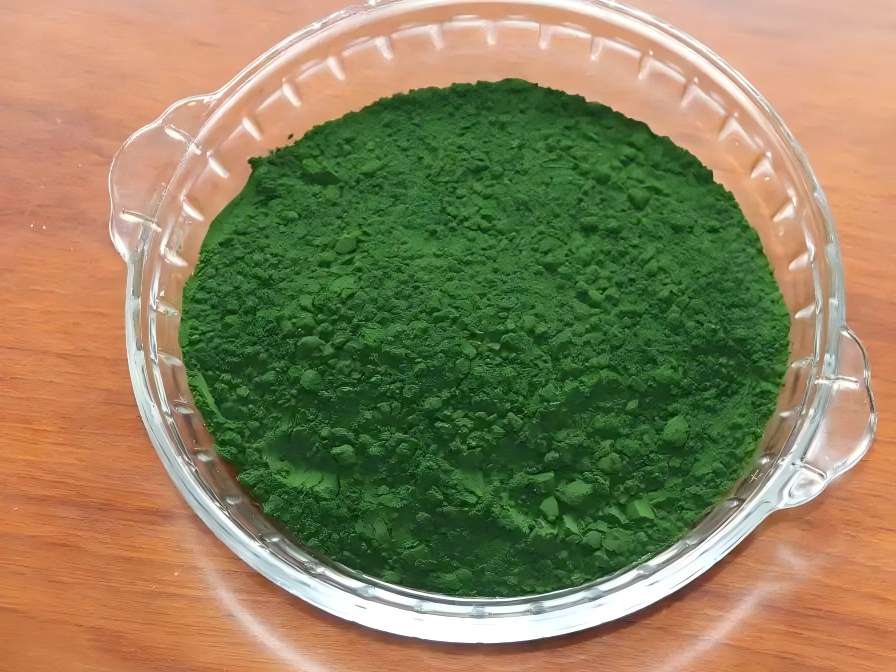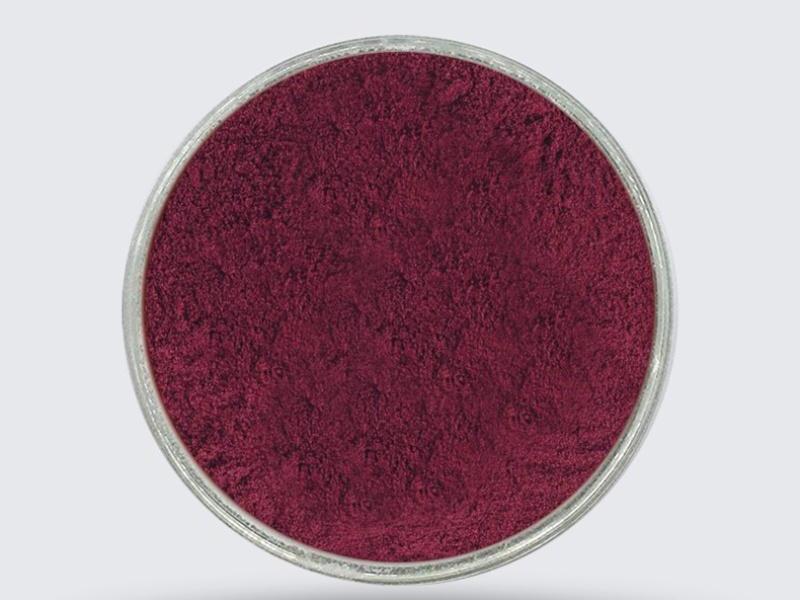A More Efficient, Less Costly Solution for Microalgal Carotenoids Ingredient Extraction
With growing global health awareness, natural carotenoids are increasingly favored by the pharmaceutical, food, health supplement, and cosmetics industries due to their proven efficacy in preventing chronic diseases, improving vision, and boosting immunity. However, most carotenoids currently on the market remain chemically synthesized, raising significant questions about their bioavailability and food safety. Consumer demand for “natural, safe, and effective” ingredients is driving the industry to seek more ideal natural sources.
Against this backdrop, microalgae—recognized as a “super factory” for rapid growth, non-competitive with cropland, and nutritionally controllable—emerge as a premium natural source of carotenoids. Not only can they synthesize multiple highly active carotenoids including beta-carotene, lutein, and astaxanthin, but they also possess the potential for large-scale, sustainable cultivation.
However, high production costs—particularly technical bottlenecks in harvesting and extraction/purification—have severely hindered the commercialization of microalgal carotenoids.
Addressing this core challenge, Green Spring Technology focuses on the critical “extraction technology” and introduces a comprehensive microalgal carotenoid solution. This solution offers three key advantages:
1 Full-chain cost optimization, significantly enhancing commercial competitiveness
Through innovative processes, we effectively integrate and streamline multiple high-cost stages—including algae harvesting, cell disruption, and target component extraction/purification. Notably, our use of a recyclable green solvent system and energy-efficient physical cell disruption technology reduces overall production costs by approximately 30%-50% compared to traditional methods, enabling the large-scale application of natural carotenoids.
2 Comprehensive Product Matrix to Meet Diverse Needs
· Supply ultra-high-purity astaxanthin and lutein products (93%+ purity) to health supplement and pharmaceutical companies, ensuring exceptional bioactivity and safety
· Provide cost-effective β-carotene and lutein raw materials to food and feed manufacturers, offering outstanding stability and coloring effects
· Supply cosmetics companies with a full range of microalgae-derived carotenoids, including astaxanthin and lutein with exceptional antioxidant capabilities
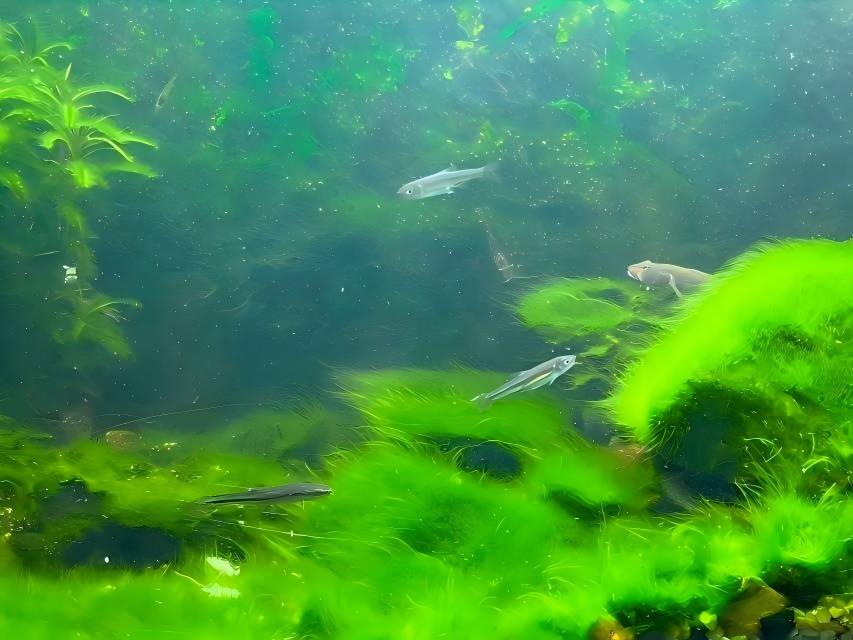
3 Continuous Technology Upgrades Ensure Stable and Reliable Supply Chain
We not only provide mature extraction processes but have also established a continuous process optimization system. Through proprietary extraction equipment and intelligent control systems, we guarantee consistent quality across every batch while enabling customized process adjustments based on client requirements. This ensures long-term, stable raw material supply for our partners.
Green Spring Technology's solutions are particularly suited for:
· Food and feed manufacturers transitioning from synthetic to natural pigments
· Health supplement and pharmaceutical companies requiring high-purity, high-potency carotenoid ingredients
· Cosmetics firms seeking stable, premium natural pigment sources
· Microalgae cultivation enterprises aiming to enhance value-added applications and expand downstream uses
We are committed to transforming natural carotenoids from an “expensive option” into a “viable choice” through technological innovation, collaborating with partners to pioneer a new era of natural ingredients.
Part One: Green Spring Technology Focuses on High-Value Algal Strains to Provide Stable Raw Material Sources for Carotenoid Industrialization
In the development and application of microalgal carotenoids, the selection of algal strains is fundamental to determining yield and cost. Green Spring Technology has long focused on screening and cultivating multiple high-yield algae strains with commercial potential, dedicated to building stable, efficient carotenoid supply chains for clients from the source.
Currently, commercially produced high-value carotenoids primarily originate from specific algae strains:
· Dunaliella salina: One of the premier natural sources of β-carotene, achieving large-scale cultivation and extraction.
· Haematococcus pluvialis: Recognized as a premium producer of natural astaxanthin, it enjoys robust demand in health supplements and premium cosmetics.
Beyond these established strains, Green Spring Technology continues researching potential algae like Chlorella, Dunaliella, and Euglena. This expands raw material options for diverse carotenoids—including lutein and zeaxanthin—providing robust support for clients' multifaceted product development.
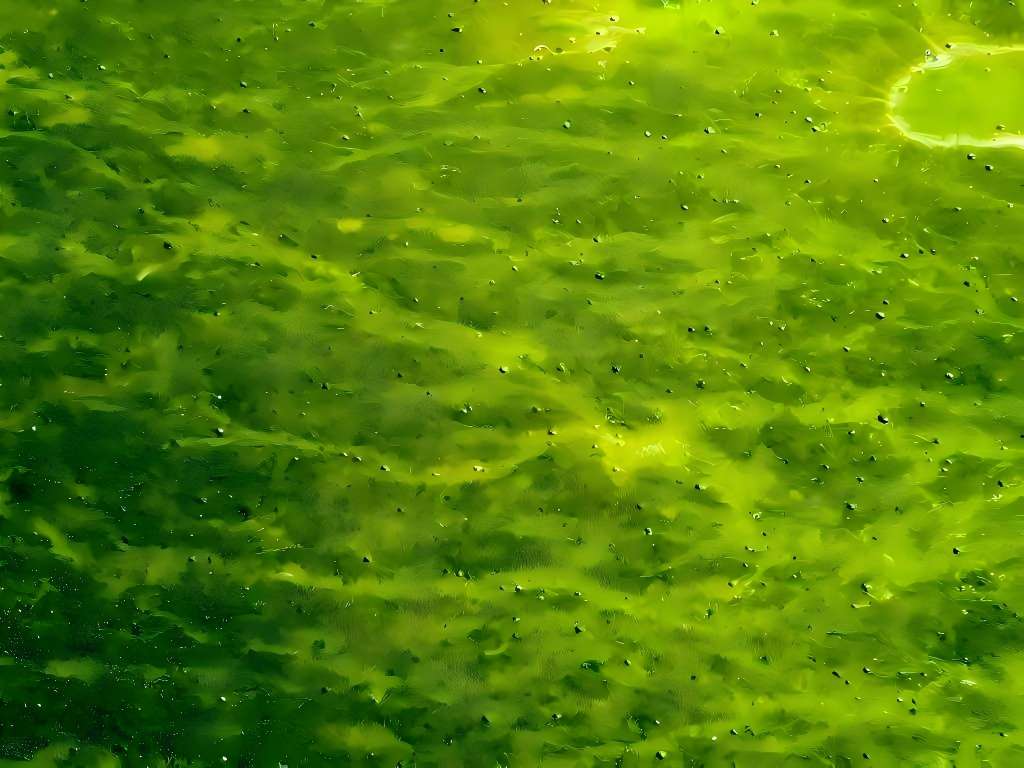
Part Two: Green Spring Technology Unveils Full-Chain Extraction Solution for Microalgal Carotenoids, Driving Industrial Breakthroughs Through Innovative Processes
Microalgae, as an excellent source of natural carotenoids, has long faced industrialization challenges due to high production costs. Focusing on this challenge, Green Spring Technology has undertaken sustained R&D and technological integration to formally release a comprehensive microalgal carotenoid extraction solution covering both mainstream and cutting-edge applications. This solution is dedicated to providing clients with end-to-end support from process development to product realization, driving the commercialization of natural raw materials.
I. Core Process Optimization: Achieving Key Breakthroughs in Efficiency, Purity, and Cost
1. Efficient Cell Wall Disruption and Green Solvent Extraction Technology
For algae species with hard cell walls, such as Chlorella and Dunaliella, we employ a mechanical-chemical synergistic cell wall disruption strategy, significantly increasing the extraction rate of components like lutein from 40% to 98%. Simultaneously, we pioneered a closed-loop solvent system and plant oil extraction technology, effectively mitigating toxicity and residue issues associated with traditional organic solvents. Combined with proprietary purification processes, this approach ensures natural purity while eliminating energy-intensive harvesting and drying stages, achieving cost reduction and efficiency gains.
2. Precise and Controllable Pressurized Solvent Extraction Technology
Addressing the challenge of balancing extraction efficiency with component activity, Green Spring Technology has mastered pressurized solvent extraction. This technology operates under specific high-temperature, high-pressure conditions, achieving short extraction times, minimal solvent usage, and high automation. More crucially, through in-depth research, we leverage specific high-temperature conditions (>110°C) to suppress chlorophyllase activity and minimize toxic impurity formation. This successfully reduces impurity levels to less than 1% of traditional methods, ensuring high product purity and bioactivity.
II. Premium Product Preparation: Pioneering Green, Safe Quality Upgrades
1. Supercritical/Subcritical Fluid Extraction Technology
To meet the premium market's ultimate demands for “zero solvent residue” and “high purity,” we have extensively developed supercritical and subcritical CO₂ fluid extraction technologies.
· Supercritical CO₂ Extraction: By precisely controlling process parameters, target components are selectively extracted. CO₂ completely evaporates post-processing, leaving absolutely no solvent residue. We further employ advanced techniques like precise entrainment agent application and supercritical antisolvent purification to overcome purity bottlenecks, achieving premium carotenoids (e.g., lutein) with purity exceeding 93%.
· Subcritical Fluid Extraction: Conducted near ambient temperature, this technology offers comprehensive advantages including lower energy consumption, enhanced solubility, and superior bioactive compound preservation. It represents a highly cost-effective pathway with significant industrialization potential.
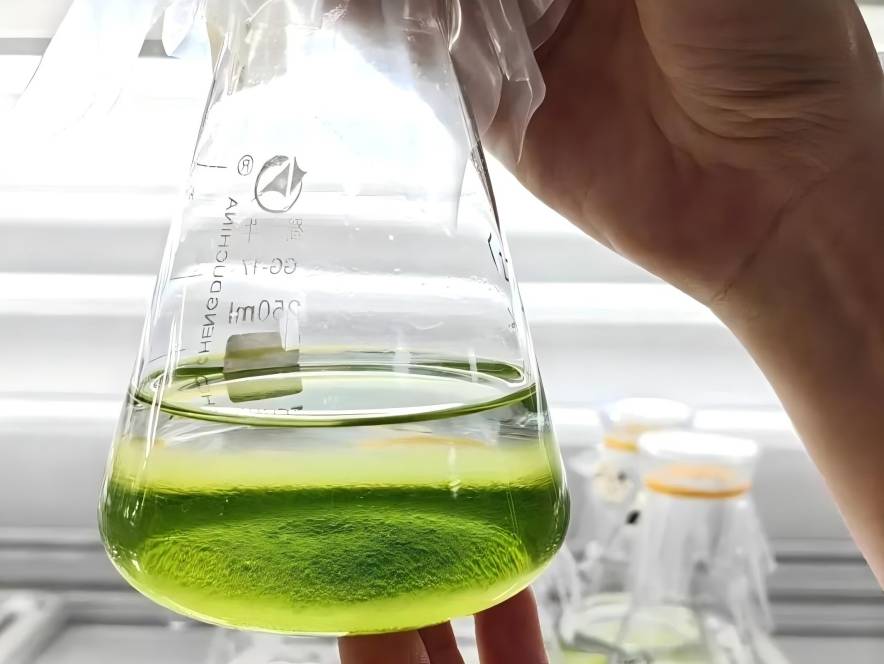
III. Frontier Technology Exploration: Developing Next-Generation Industrial Solutions
1. In-Situ Extraction Technology
Green Spring Technology is actively developing in-situ extraction technology to integrate carotenoid biosynthesis and extraction into a single process. This approach aims to bypass energy-intensive steps like algal harvesting, drying, and cell disruption, enabling direct product recovery from culture media. It paves the way for continuous, low-cost production. The technology is currently in the process optimization phase to address engineering challenges such as yield and system stability.
2. Biphasic Aqueous Extraction Technology
Simultaneously, we are developing biphasic aqueous extraction as a green, gentle purification solution for future applications. This water-based technology effectively avoids damage to active components caused by high temperatures and organic solvents. Experimental results demonstrate over 80% extraction efficiency for lutein. This technology lays a solid foundation for developing pharmaceutical and premium health supplement ingredients that demand exceptional natural properties.
Driving Value Through Technology, Co-Creating a Natural Future
From mature process optimization to cutting-edge technological reserves, Green Spring Technology has established a well-structured, comprehensive technology matrix. We are committed to becoming our clients' most trusted partner in the natural carotenoid field, jointly advancing the large-scale and high-value application of microalgae-derived ingredients across food, health supplements, cosmetics, and pharmaceutical sectors.
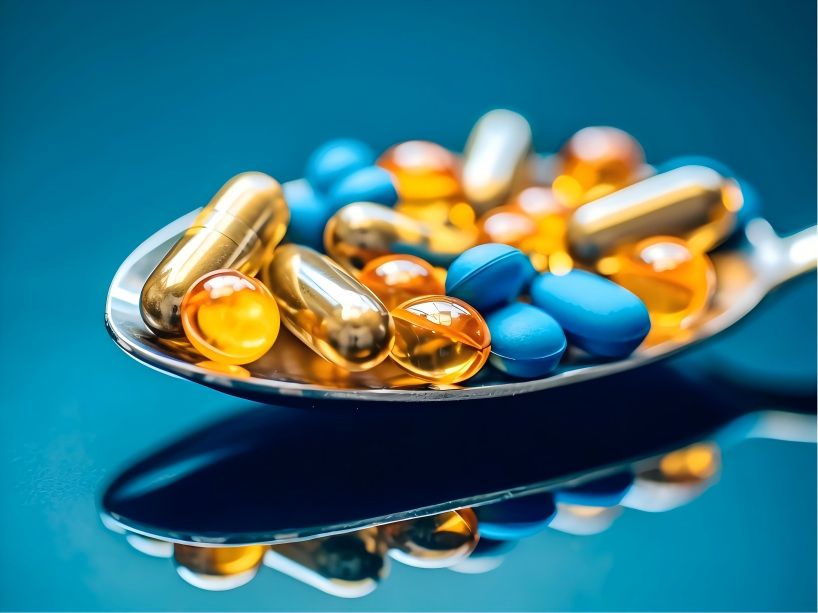
Part Three: Green Spring Technology Collaborates with the Industry to Advance Microalgal Carotenoid Commercialization
Microalgae, an ideal natural source of carotenoids, has long faced industrialization constraints due to high costs. Deeply understanding this industry challenge, Green Spring Technology is systematically transforming the “high-cost” obstacle into “actionable” solutions through strategic technological deployment.
No single solution exists, but an optimal combination does
We recognize that no single extraction technology currently achieves perfect balance across high yield, versatility, speed, environmental sustainability, and low cost. Therefore, Green Spring Technology avoids reliance on a single approach, instead building a diversified technology matrix:
· For large-scale production prioritizing efficiency and stability, we offer a deeply optimized integrated solution combining mechanical cell wall disruption with green solvent extraction.
· For clients targeting premium markets, we possess supercritical/subcritical fluid extraction technology, ensuring absolute product safety and high purity.
· Looking ahead, we are actively advancing frontier technologies like in-situ extraction to build capabilities for disruptive, low-cost continuous production.
Future Direction: Integrated Innovation to Break Through Bottlenecks
Green Spring Technology believes future breakthroughs lie in cross-domain integrated innovation. We will collaborate with industry partners to focus on three key directions:
● Upstream Algal Strain Innovation: Breeding and modifying high-yield, high-value-added strains to enhance potential from the source.
● Process Intelligence Optimization: Deeply integrating process optimization with intelligent control to continuously reduce energy and material consumption.
● Cross-Boundary Technology Convergence: Exploring combined innovations across different extraction technologies to leverage strengths, mitigate weaknesses, and create synergistic effects.
We firmly believe that through persistent technological advancement and open industrial collaboration, the future of large-scale commercial production of microalgal carotenoids is within reach. Leveraging our accumulated expertise and innovative achievements, Green Spring Technology is committed to partnering with you to pioneer new chapters in natural ingredients, delivering higher-value, more competitive product solutions to the market.
Industry partners are invited to contact Green Spring Technology to explore technical collaborations and customized raw material solutions.
Contact Us:
Tel: +86 29 88313578
Mob: +86 13649243917
WhatsApp: +86 13649243917
Email: helen@greenspringbio.com
-
Prev
How to Select the Most Suitable Beta-Carotene Raw Material Based on Your Product Formulation?
-
Next
Encapsulated Carotenoids: Safeguarding Your Product's Color and Efficacy


 English
English French
French Spanish
Spanish Russian
Russian Korean
Korean Japanese
Japanese